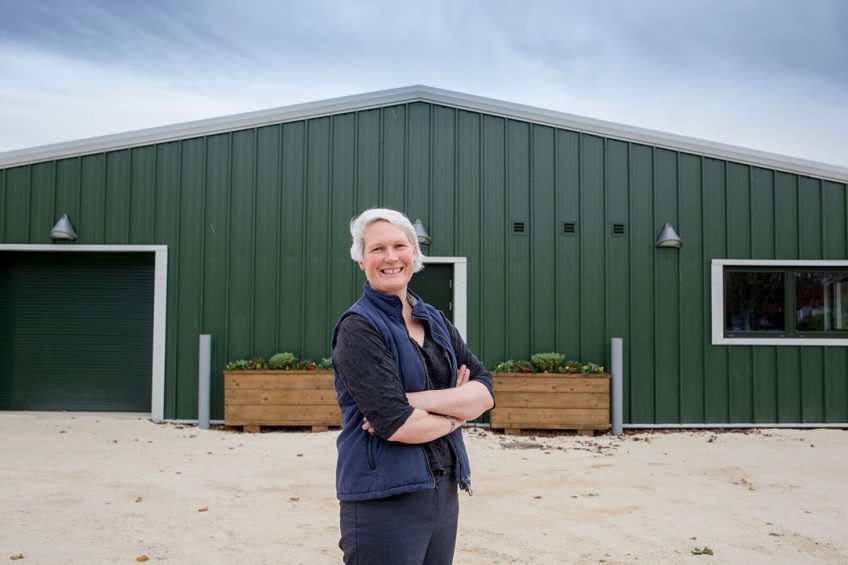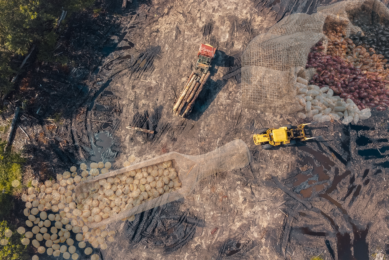Relying solely on soybean meal as a protein source is risky

It’s still early days, but trials for soybean meal replacements in poultry rations through optimising other protein sources are encouraging.
At a time when China has issued immediate guidelines recommending a reduction of corn and soybean meal in feed due to a drop in state stockpiles, researchers in the UK have looked further into the future.
Soybean meal and corn are the go-to protein sources in vegetable animal feed production. And with good harvests and a functioning worldwide trade they are easily accessible, too. But relying on these sources alone and expecting that they will always be freely available and at reasonable price levels all over the globe is risky.
Less corn and soybean meal in poultry feed
Just recently China issued guidelines for a reduction of corn and soybean meal in feed, Reuters reports. To compensate for the domestic shortfall, China began importing corn. Meanwhile, feed manufacturers have been switching to cheaper alternatives, especially wheat, which has more protein than corn and has already cut demand for soybean meal. China consumes about 175 million metric tonnes (mmt) of corn in animal feed every year and this figure is set to rise. The country also imports about 100 mmt of soybeans, also for animal feed.
A variety of available alternatives
The Chinese ministry of agriculture said that rice, cassava, rice bran, barley and sorghum were also suitable alternatives to corn, while rapeseed meal, cottonseed meal, peanut meal, sunflower meal, distillers dried grains, palm meal, flaxmeal, sesame meal and corn processing by-products were good options to replace soymeal.
Reuters further reported that some analysts questioned whether China’s huge appetite for imported feed grain would be reduced much by alternative feeds that are produced in much smaller volumes than corn and soy. The ministry provided some suggested feed formulations depending on the region of the country. In some regions, it recommended eliminating soybean meal completely and replacing it with other meals.
Alternative proteins
Where the Chinese are looking for readily available alternatives, researchers in the UK are looking in an entirely new direction. Speaking at the final session of the British National Farmers’ Union poultry research seminars, Professor Emily Burton of Nottingham Trent University touched on a new initiative that involved recycling industrial carbon dioxide into cost-competitive protein for high value, sustainable animal feed.
The React-First project, led by Deep Branch biotechnology, captures carbon dioxide in Proton, a single-cell protein optimised for animal feed via a proprietary gas fermentation process. This – the first of 3 phases – is currently being scaled up ahead of co-development with market-leading feed producers. The first poultry trial is due this August with the aim of eventually producing animal products with up to 60% less greenhouse gas emissions throughout the total value chain.
Bioethanol protein concentrate
Another initiative which could pay dividends as a replacement for soybean meal is a bioethanol protein concentrate project. The aim is to create a more sustainable protein product for the sector with an increased protein content and decreased amount of fibre, as well as avoid recombining thin stillage and cake.
Trials have shown that ring dried, wheat bioethanol protein concentrate added as a partial replacement for soya in pelleted diets can lead to a significantly improved feed conversion ratio at all inclusion levels when fed to chicks from hatch to 22 days.
…our social responsibility requires us to reduce the carbon footprint associated with poultry meat.
Professor Burton noted that our social responsibility requires us to reduce the carbon footprint associated with poultry meat: “Proton from React-First may offer a very low carbon alternative to soya in the future. MSC [protein recovery] from the bioethanol protein concentrate project offers a lower carbon alternative to soya. But we are a long way from total replacement of soya,” she added.











